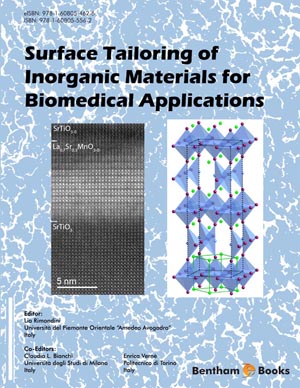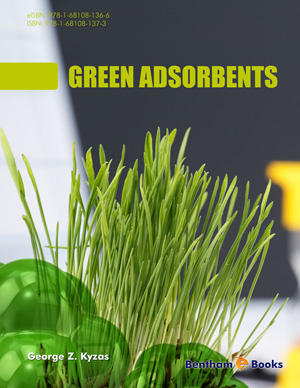Abstract
The cell–material interaction plays an important role in the biomaterial design. Biomaterials, such as diamond-like carbon (DLC), titanium (Ti), and stoichiometric titanium nitride (TiN) as well as titanium carbo-nitrade (Ti(C, N)), seem to be good candidates for future blood-contact applications. These materials were deposited as thin films by the hybrid pulsed laser deposition (PLD) technique to examine the influence of such surfaces on cell behavior. The cell-material reactions were examined in static conditions with Dictyostelium discoideum cells and then subjected to a dynamical test to observe the cell detachment kinetics. For a given cell, detachment occurs for critical stress values caused by the applied hydrodynamic pressure above a threshold which depends on cell size and physicochemical properties of the substrate. Tests revealed differences in behavior with respect to the applied coating material. The strongest cell-biomaterial interaction was observed for the carbon-based materials compared to the titanium and titanium nitride. The research activity was performed on fabrication and diagnostics of materials characterized by reduction or erasing of thrombogenicity. Development of surfaces that both favor endothelial cell monolayer reconstruction and prevent platelets aggregation and binding was under examination. Research study was performed on soft polyurethane surfaces (PU) by application of thin inorganic coatings. Experiments have been performed on surface functionalization with application porous materials produced by electrospinning. Research on scaffolds for precursors of tissue analogs and cell migration channels was presented.
Keywords: Film deposition, microstructure, cell adhesion, biocompatibily, tissue analog, migration channels.









